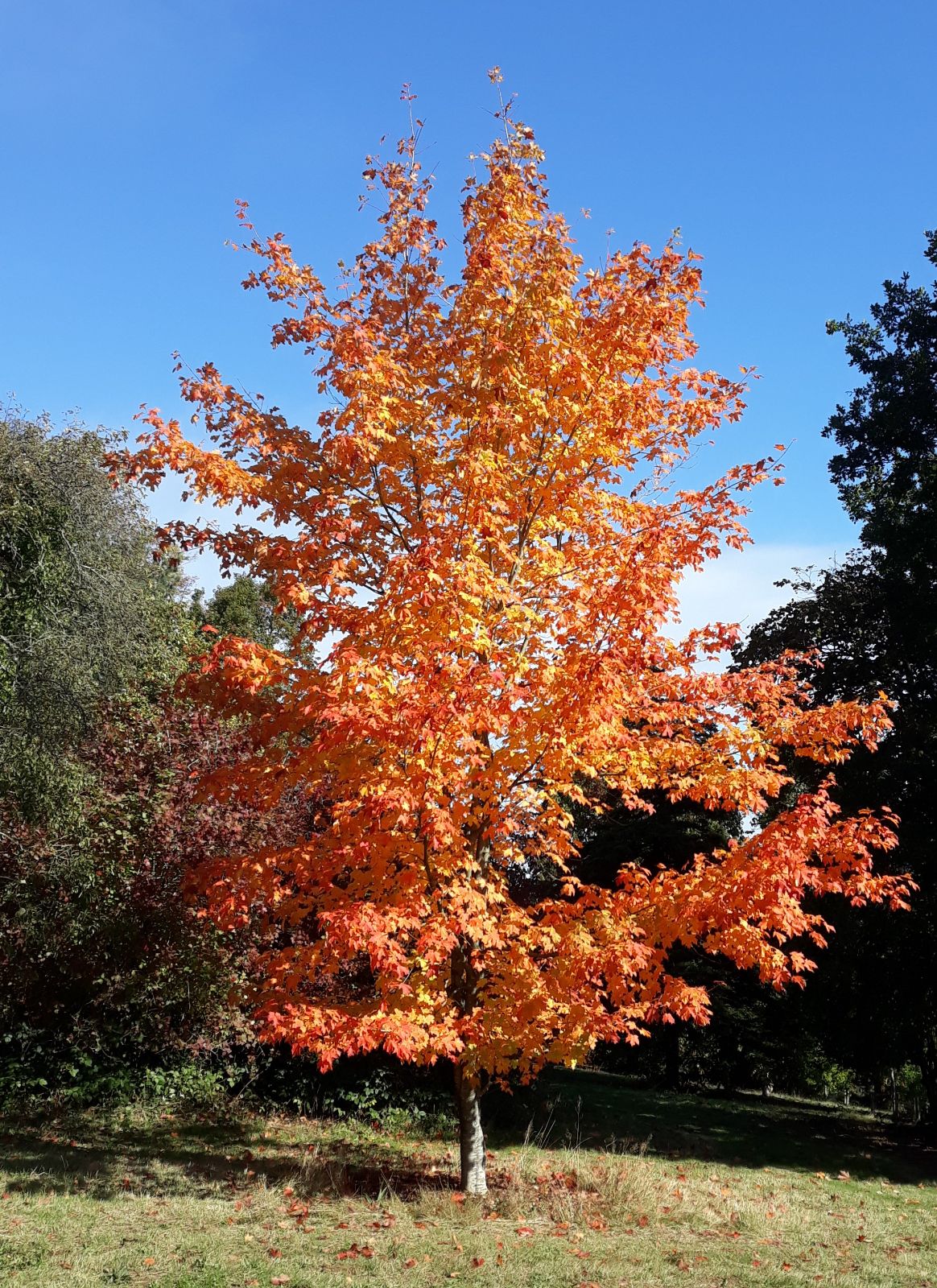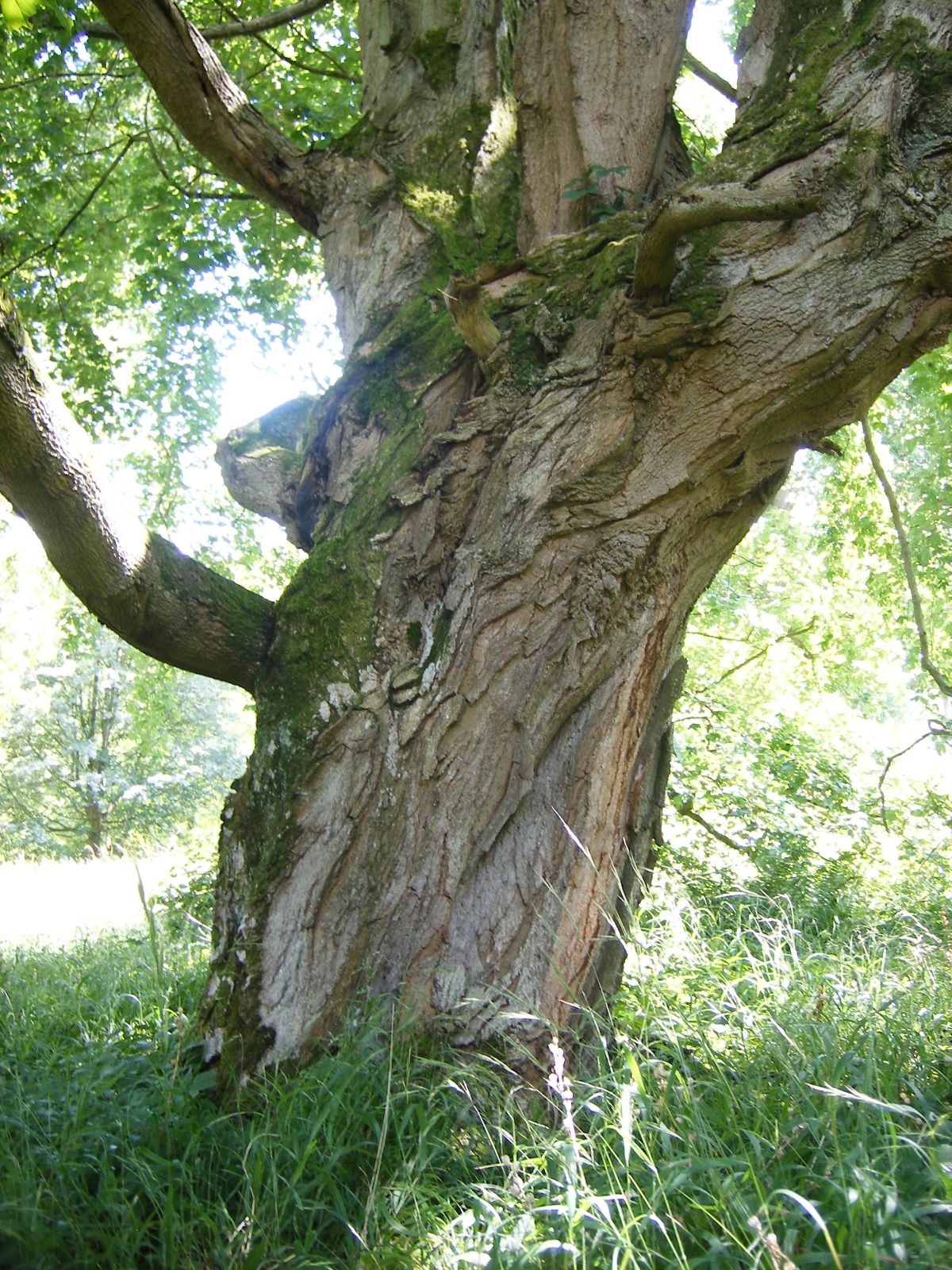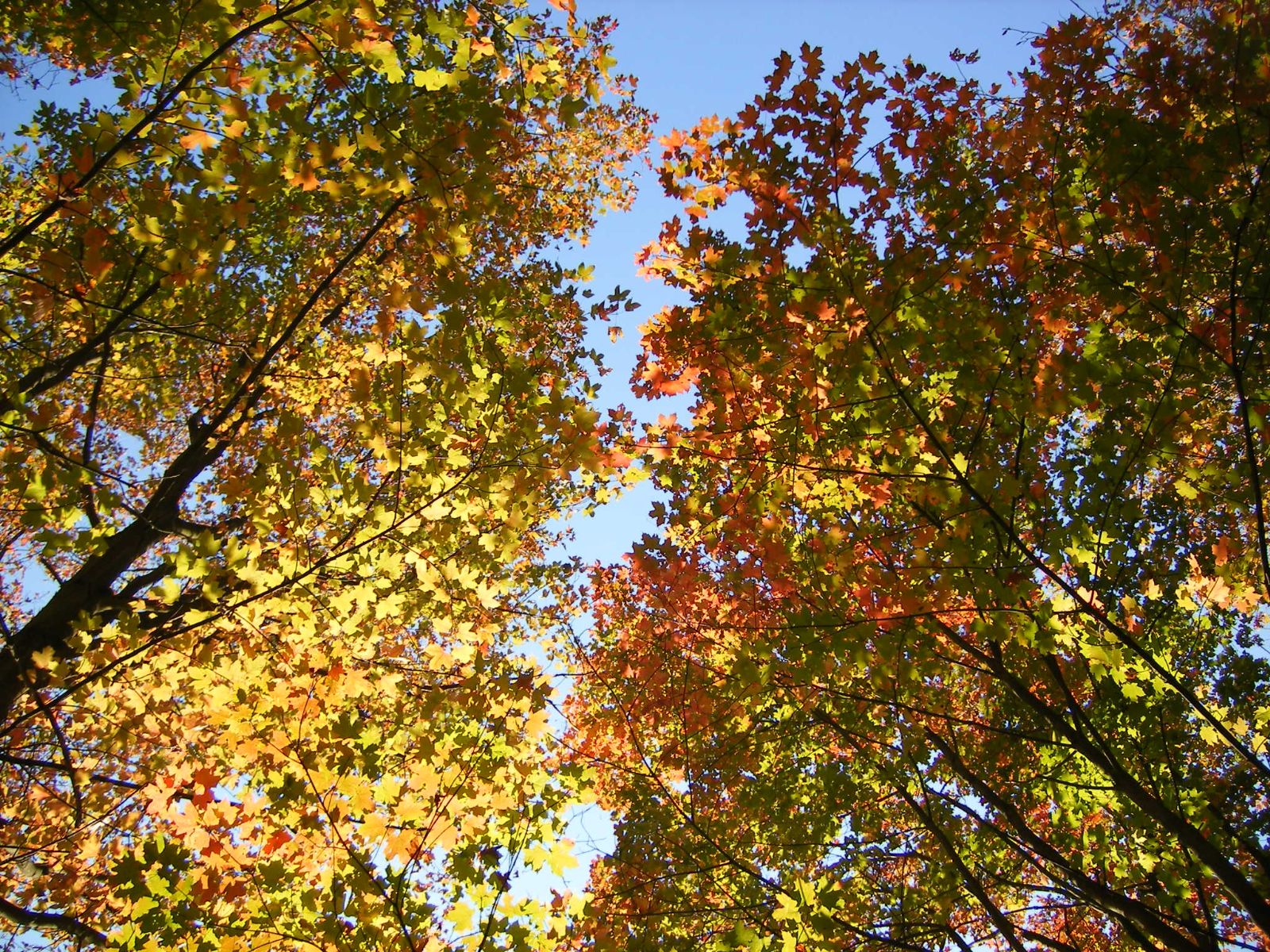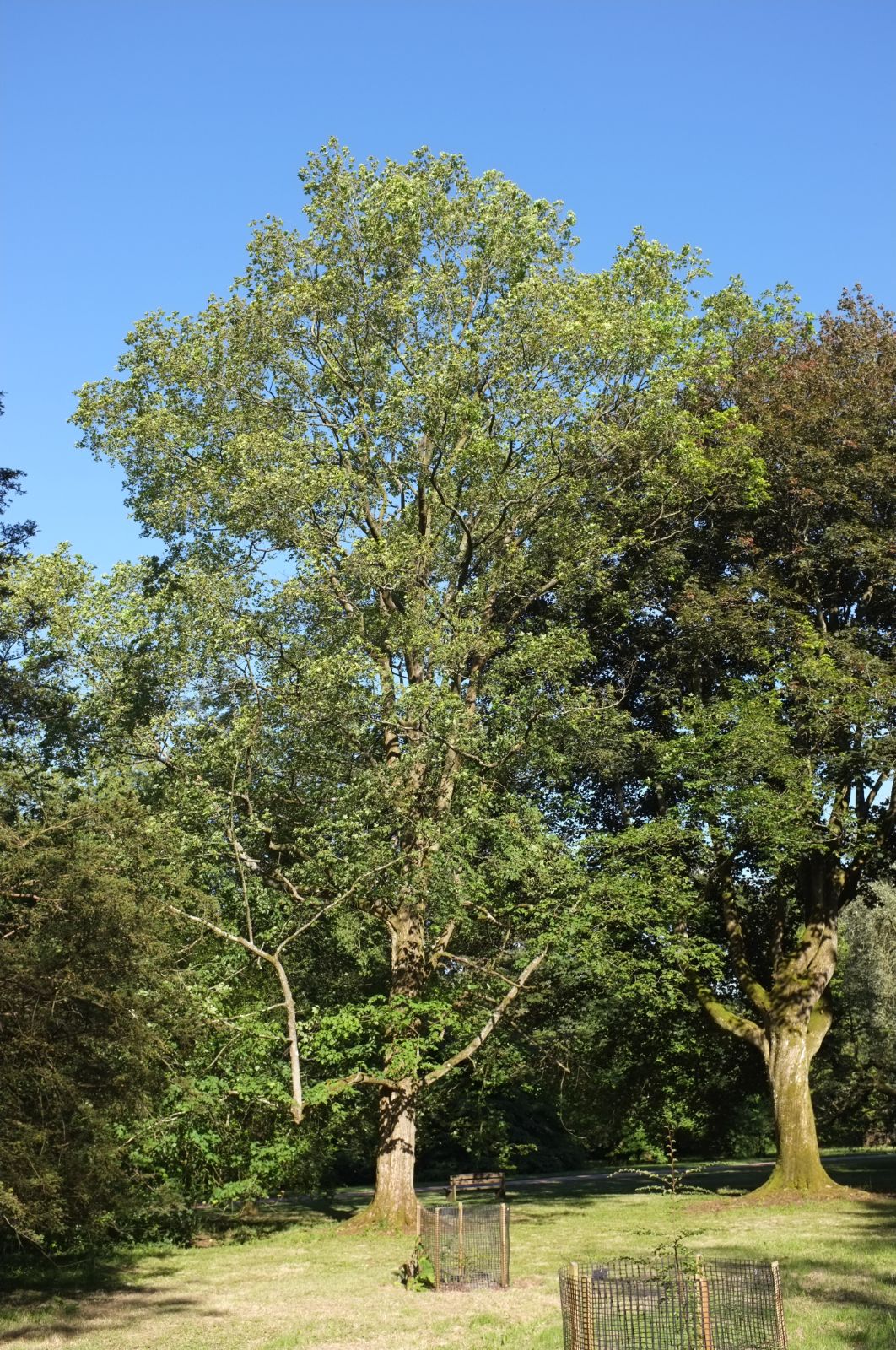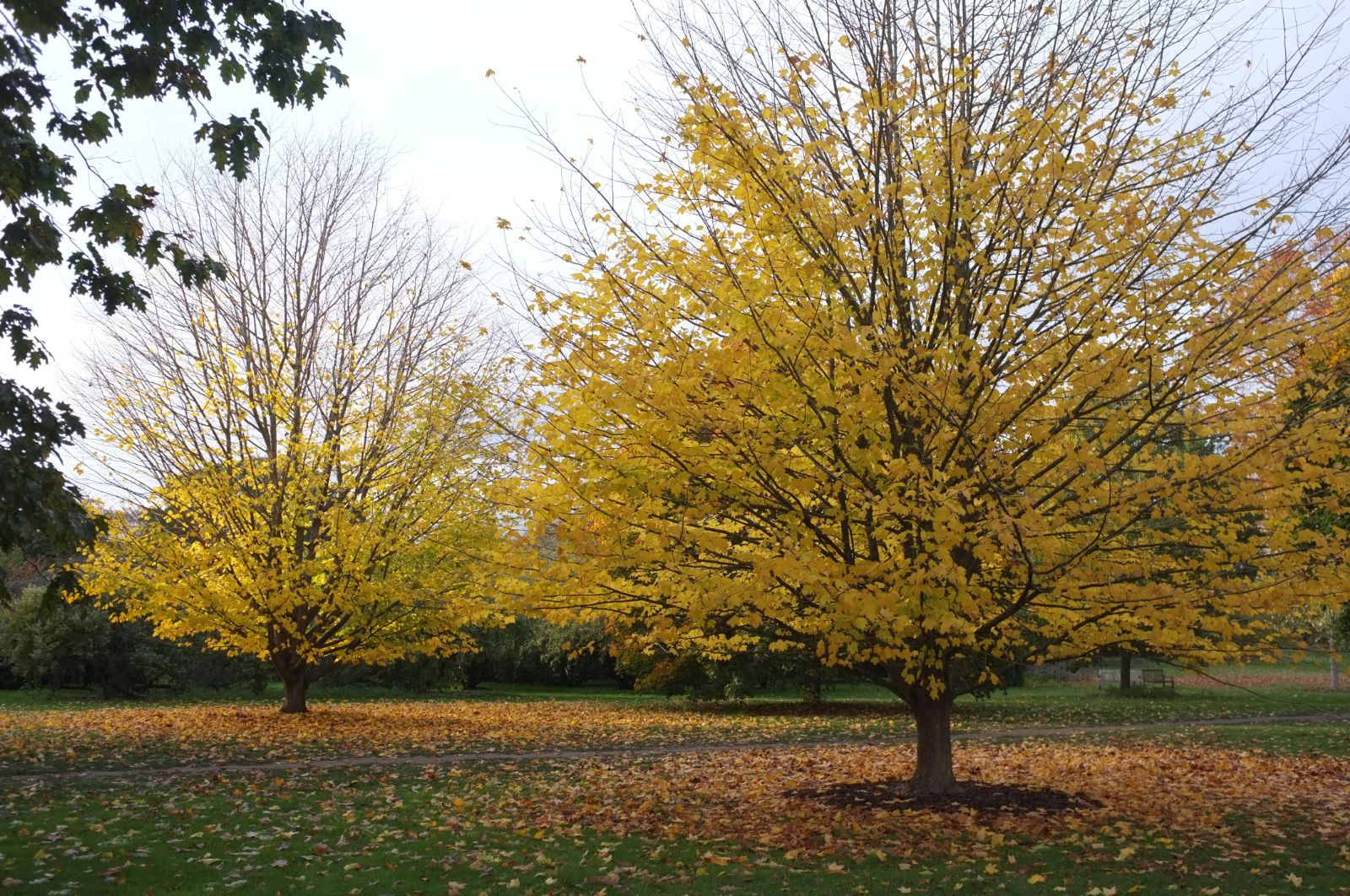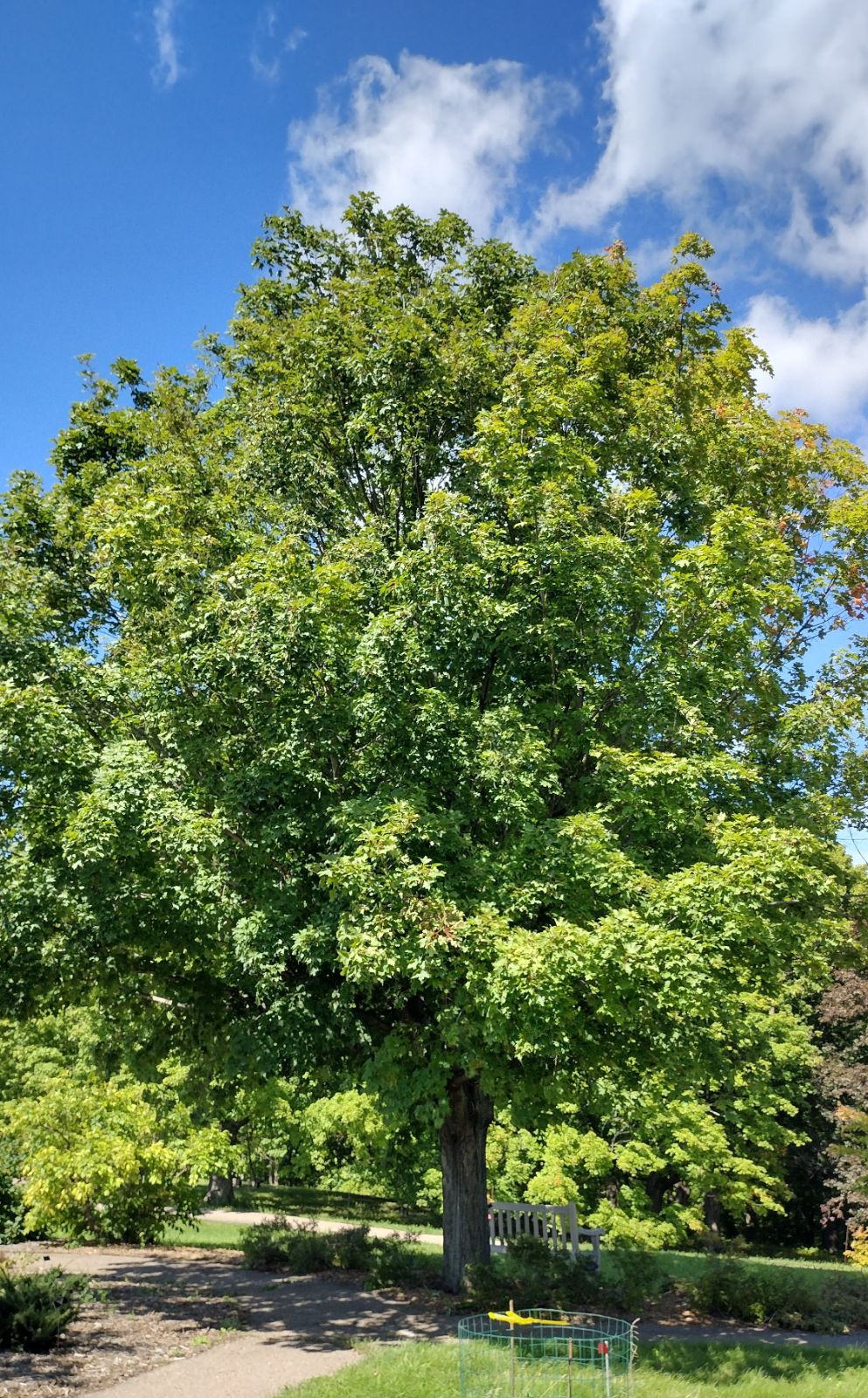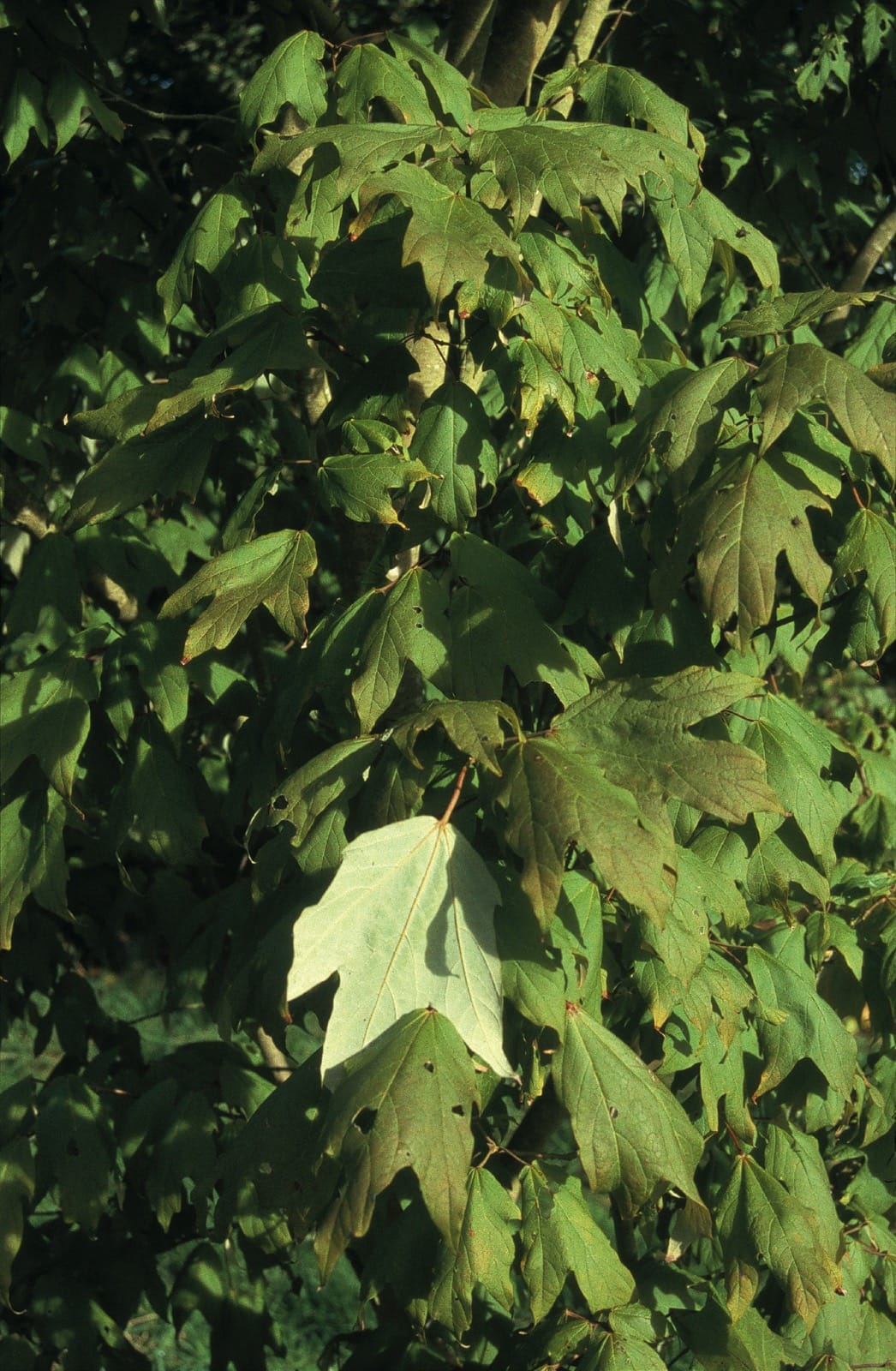Acer saccharum
Sponsor
Kindly sponsored by
a member of the International Dendrology Society
Credits
Article from Bean's Trees and Shrubs Hardy in the British Isles
Article from New Trees by John Grimshaw & Ross Bayton
Recommended citation
'Acer saccharum' from the website Trees and Shrubs Online (treesandshrubsonline.
Genus
- Acer
- Sect. Acer, Ser. Saccharodendron
Common Names
- Sugar Maple
Synonyms
- A. saccharinum Wangenh., not L.
Infraspecifics
Other taxa in genus
- Acer acuminatum
- Acer amplum
- Acer argutum
- Acer barbinerve
- Acer buergerianum
- Acer caesium
- Acer calcaratum
- Acer campbellii
- Acer campestre
- Acer 'Candy Stripe'
- Acer capillipes
- Acer cappadocicum
- Acer carpinifolium
- Acer 'Cascade'
- Acer caudatum
- Acer ceriferum
- Acer chapaense
- Acer chienii
- Acer circinatum
- Acer cissifolium
- Acer × conspicuum
- Acer cordatum
- Acer coriaceifolium
- Acer × coriaceum
- Acer crataegifolium
- Acer davidii
- Acer diabolicum
- Acer distylum
- Acer divergens
- Acer duplicatoserratum
- Acer elegantulum
- Acer erianthum
- Acer 'Esk Flamingo'
- Acer fargesii
- Acer fenzelianum
- Acer flabellatum
- Acer forrestii
- Acer franchetii
- Acer × freemanii
- Acer fulvescens
- Acer 'Gimborn'
- Acer ginnala
- Acer glabrum
- Acer 'Gold Coin'
- Acer granatense
- Acer grandidentatum
- Acer griseum
- Acer heldreichii
- Acer henryi
- Acer × hillieri
- Acer hookeri
- Acer hyrcanum
- Acer japonicum
- Acer kawakamii
- Acer komarovii
- Acer laevigatum
- Acer laurinum
- Acer laxiflorum
- Acer lobelii
- Acer longipes
- Acer macrophyllum
- Acer mandshuricum
- Acer maximowiczianum
- Acer maximowiczii
- Acer metcalfii
- Acer miaotaiense
- Acer micranthum
- Acer 'Mindavi'
- Acer 'Minorient'
- Acer miyabei
- Acer miyabei × campestre
- Acer monspessulanum
- Acer morifolium
- Acer 'Mozart'
- Acer oblongum
- Acer obtusifolium
- Acer okamotoanum
- Acer oliverianum
- Acer opalus
- Acer orientale
- Acer palmatum
- Acer papilio
- Acer pauciflorum
- Acer pectinatum
- Acer pensylvanicum
- Acer pentaphyllum
- Acer pentapotamicum
- Acer pictum
- Acer pilosum
- Acer pinnatinervium
- Acer platanoides
- Acer platanoides × amplum
- Acer platanoides × truncatum
- Acer × pseudoheldreichii
- Acer pseudoplatanus
- Acer pseudosieboldianum
- Acer pubinerve
- Acer pycnanthum
- Acer rubescens
- Acer rubrum
- Acer rufinerve
- Acer saccharinum
- Acer sempervirens
- Acer 'Serpentine'
- Acer serrulatum
- Acer shenkanense
- Acer sieboldianum
- Acer sikkimense
- Acer 'Silver Cardinal'
- Acer 'Silver Ghost'
- Acer sinense
- Acer sinopurpurascens
- Acer spicatum
- Acer stachyophyllum
- Acer taronense
- Acer tataricum
- Acer tegmentosum
- Acer tenellum
- Acer tetramerum
- Acer tibetense
- Acer tonkinense
- Acer triflorum
- Acer truncatum
- Acer tschonoskii
- Acer turkestanicum
- Acer tutcheri
- Acer ukurunduense
- Acer velutinum
- Acer wardii
- Acer 'White Tigress'
- Acer wilsonii
- Acer × zoeschense
A deciduous tree to 30 m. Bark dark grey to greyish brown, fissuring, sometimes deeply so, with age. Branchlets slender, smooth, greenish, turning orange to reddish brown with age. Buds 0.6–1.2 cm long, acute, slightly pubescent, with four to eight pairs of imbricate scales. Leaves broadly pentagonal in outline, base cordate to truncate, three to five lobed, 7.5–15 × 20–24 cm, lobes apically acute or acuminate, margins remotely dentate with acuminate teeth, upper surface bright green, lower surface paler, glabrous, or with tufts in vein axils; petiole 4–8 cm long, green, glabrous, often grooved, broadest at base; autumn colours yellow to deep red or scarlet. Inflorescence terminal or axillary, corymbose, pendulous. Flowers yellow, 5-merous, pedicels long and slender, sepals obtuse, greenish yellow, pubescent on the outer surface, petals absent, stamens seven or eight, inserted in the middle of the nectar disc. Samaras 3 to 3.5 cm long, wings spreading acutely. Nutlets rounded. Flowering April to May, before or with unfolding leaves, fruiting in October (Rehder 1927–1940; Sargent 1965; Elias 1980; van Gelderen et al. 1994).
Distribution Canada New Brunswick, Ontario, Québec United States Connecticut, Georgia, Illinois, Indiana, Iowa, Kansas, Kentucky, Maine, Maryland, Massachusetts, Minnesota, Missouri, New Hampshire, New York, North Dakota, North Carolina, Ohio, Pennsylvania, Rhode Island, South Carolina, South Dakota, Tennessee, Vermont, Virginia, West Virginia, Wisconsin
Habitat Lowlands on mixed soils (but not swamps), thriving on deep, rich, well-drained soils. A key component of eastern deciduous forest, associated species include Betula alleghaniensis, Fagus grandifolia, Prunus serotina, Quercus alba, Quercus rubra and Tsuga canadensis.
USDA Hardiness Zone 3
RHS Hardiness Rating H7
Conservation status Least concern (LC)
WORK IN PROGRESS: BEAN TEXT FOLLOWS
A deciduous tree over 100 ft high in a wild state, with a trunk 9 to 12 ft in girth, forming a shapely rounded head of branches; branchlets glabrous. Leaves palmate, usually five-lobed, heart-shaped at the base, 4 to 6 in. wide; always downy in the axils of the chief veins beneath, but varying in different trees from glabrous to downy in other parts. Flowers without petals, greenish yellow, produced in clusters, each flower on a thread-like, hairy stalk more than 2 in. long. Fruit glabrous, wings 1 in. long, 3⁄8 in. wide.
Native of eastern N. America; introduced, according to Aiton, in 1735, but not many fine specimens are to be found in this country. The most notable arc in the Westonbirt collection, the finest there, and perhaps in the country, being in the Park, near the lodge, measuring 80 × 8 ft (1966). Others at Westonbirt are: Willesley Drive 70 × 43⁄4 ft; Circular Drive 63 × 53⁄4 and 65 × 43⁄4 ft (1966). In the grounds of Blenheim Palace, Oxon., there is a tree of 64 × 51⁄4 ft (1965). In Ireland the best recorded is at Mount Usher, Co. Wicklow, Eire, 62 × 71⁄4 ft (1966). In leaf, the sugar maple, especially in its more glabrous form, bears some resemblance to the Norway maple; but the sap of the sugar maple is watery, not milky as in the other.
The famous maple sugar of N. America is obtained almost solely from the sap of this tree. The State of Massachusetts alone used to supply more than half a million pounds annually. It is obtained by tapping the trees and collecting the juice, which is afterwards evaporated. As an ornamental tree in England this maple never seems to have been a great success, and although it appears to be quite hardy, does not grow quickly when young. In streets, and isolated in the meadows of New England, it is magnificent, and forms one of the chief elements in the glorious colour effects of autumn there, its leaves dying off into various shades of orange, gold, scarlet, and crimson, each tree, according to Emerson, retaining year after year its particular shades.
From the Supplement (Vol. V)
specimens: Hackwood Park, Hants, 80 × 81⁄2 ft (1977); Belton Park, Lincs., 68 × 8 ft (1978); Blenheim Palace, Oxon., 62 × 61⁄4 ft (1978); Bulstrode Park, Oxon., 90 × 11 ft (1967); Westonbirt, Glos., Willesley Drive, 88 × 51⁄2 ft, Broad Drive (NW), 82 × 53⁄4 ft (1982); Stratford Park, Glos., 60 × 51⁄2 ft (1984); Eastnor Castle, Heref., 50 × 71⁄2 ft and 52 × 71⁄4 ft (1977); Whiteways, Devon, 79 × 61⁄2 ft (1978); Pencarrow, Cornwall, 66 × 4 ft (1978); Mount Usher, Co. Wicklow, Eire, 70 × 73⁄4 ft (1975).
The three related species mentioned on page 232 have all been given the rank of subspecies of A. saccharum by Y. Desmarais in Brittonia, Vol. 7, pp. 347–87 (1952), A. barbatum as A. s. subsp. floridanum. The key character he uses to separate A. nigrum (A. s. subsp. nigrum) is that its leaves are yellowish green beneath and usually pubescent with short erect hairs, against glaucous or whitish and usually glabrous beneath in typical A. saccharum. See also E. Murray in Kalmia, Vol.7, pp. 13–19 (1975).
The example of A. nigrum in the Edinburgh Botanic Garden measures 62 × 41⁄4 ft (1985).
From New Trees
Acer saccharum Marshall
(Sect. Acer, Ser. Saccharodendron)
Sugar Maple
This species was described by Bean (B231, S60) and Krüssmann (K104), and is an important maple in temperate tree collections and landscapes. Authorities recognise variable numbers of subspecific taxa. Desmarais (1952) constructed a key to six subspecies, though additional taxa are recognised by van Gelderen et al. (1994). Presented below is a key to seven subspecies (devised by Peter Gregory and used with his kind permission), with an indication of the distribution of each from van Gelderen et al. (1994). However, the delimitation of the various subspecies and varieties is complex, as morphological characters vary continuously across the vast range. Most of the A. saccharum subspecies are well known in cultivation, and were described by Bean (1976a) under different names (A. barbatum, A. grandidentatum, A. leucoderme, A. nigrum). Material from the southernmost population, recognised as subsp. skutchii, is new to cultivation and is described below.
Numerous cultivars of A. saccharum have been named, with varying characters useful for different sites and conditions. A summary guide is provided by Dirr (1998).
| 1a. | Leaf underside pale green to glaucous | 2 |
| 1b. | Leaf underside yellow-green, lobes shallow, central lobe with divergent margins | 6 |
| 2a. | Leaves large (≥ 10–15 cm) | 3 |
| 2b. | Leaves small (5–10 cm) | 5 |
| 3a. | Leaves deeply lobed, margins of central lobe parallel to inwardly angled | 4 |
| 3b. | Leaves shallowly lobed, margins of central lobe slightly divergent; USA (Illinois, Indiana, Missouri) | subsp. schneckii |
| 4a. | Lobe tips acute, leaf undersides glabrous to pubescent with silky appressed hairs; widespread in eastern North America (Canada, Mexico, USA) | subsp. saccharum |
| 4b. | Lobe tips bluntly pointed, leaf undersides pubescent and glaucous; Guatemala, Mexico (southern) | subsp. skutchii |
| 5a. | Margins of central lobe parallel to slightly divergent, lobe tips bluntly pointed; Mexico, USA (Florida, Texas) | subsp. floridanum (Chapman) Desmarais |
| 5b. | Margins of central lobe inwardly angled, lobe tips rounded; USA (Oklahoma and Texas to Arizona and Montana, especially Rocky Mts.) | subsp. grandidentatum |
| 6a. | Leaves small (5–10 cm), undersides with soft appressed hairs, bark smooth, pale grey to chalky white; USA (Alabama, Arkansas, Florida, Georgia, Louisiana, N. Carolina, S. Carolina) | subsp. leucoderme (Small) Desmarais |
| 6b. | Leaves large (≥ 10–15 cm), undersides with stiff, short, erect hairs, bark rough, dark grey-brown to black; Canada (Ontario, Quebec), USA (northeast, south to Kentucky, west to Michigan, Iowa, Kansas) | subsp. nigrum |
A barbatum Michx
This species, known as the southern sugar maple, takes the place of A. saccharum in the coastal plain, from Virginia to Texas. It makes a smaller tree with a paler bark; leaves smaller, to 3 in. wide, usually downy beneath; lobes with entire or undulate margins. The name A. floridanum Pax has also been used for this species. It is in cultivation at the Glasnevin Botanic Garden, where there is a tree 25 ft high.A leucoderme Small
Synonyms
A. saccharum var. leucoderme (Small) Sarg
A nigrum Michx. f.
Synonyms
A. saccharum var. nigrum (Michx. f.) Britt
Another close ally of the sugar maple, known as the black maple, and found growing with it in the northern states of eastern and central U.S.A. The marks of distinction are the darker, more furrowed bark, the darker and duller green leaves with rather drooping sides, and the shallower, more rounded toothing of the lobes. According to Sargent it may be distinguished at all seasons by the orange colour of the branchlets.
'Flax Mill Majesty'
Synonyms / alternative names
'Majesty'
RHS Hardiness Rating: H7
USDA Hardiness Zone: 3
Introduced by Flax Mill Nursery, New York in 1983, a large, vigourous and symetrically-growing form with dark green leaves that colour red to orange notably early (Jacobson 1996). Noted is as well suited to northern parts of the United States by Dirr & Warren (2019).
subsp. skutchii (Rehder) A.E. Murray
Subsp. skutchii forms a tree to 20 m tall. Branchlets glabrous. Leaves 12–16 × 14–20 cm, lower surface glaucous with dense tomentum on the veins. Samaras 2.5–4.5 cm long. Van Gelderen et al. 1994. Distribution GUATEMALA; MEXICO. Habitat Cloud forest over limestone. USDA Hardiness Zone 7–8. Conservation status Not evaluated. Illustration NT106.
This is the southernmost variant of the sugar maples, but its precise delimitation in the western Mexican mountains is not entirely clear (S. Hogan, pers. comm. 2007), as subspp. floridanum, grandidentatum and saccharum also penetrate Mexico (van Gelderen et al. 1994). Material from Tamaulipas in cultivation in the western United States appears to fit subsp. skutchii, and has large leathery leaves that persist into the New Year, when they colour red and fall slightly before or as the new leaves emerge, thus making the tree almost evergreen. At Tregrehan at least it has attractive pinkish spring growth (T. Hudson, pers. comm. 2007). There is a good specimen in the Hogan–Sanderson plantings in Northeast 11th Avenue, Portland, Oregon, and it is grown in the southeastern states from collections made by Yucca Do Nursery. It is rare in Europe, but a few examples are known. Tom Hudson (pers. comm. 2007) planted one in 1995 at Tregrehan but, in the belief that it was tender, put it in a sheltered site where competition from other trees has suppressed it, and it is still only 2 m in 2007. This taxon in fact appears to be extremely hardy, reported to tolerate at least –18 ºC, and to grow well in heavy clay soils (Raulston 1996), although leaves will be lost if temperatures fall below this (Hogan 2008).
'Temple's Upright'
A very striking form with a narrow columnar habit. Once known as A. saccharum monumentale.var. rugelii (Pax) Rehd.
Synonyms
A. rugelii Pax

